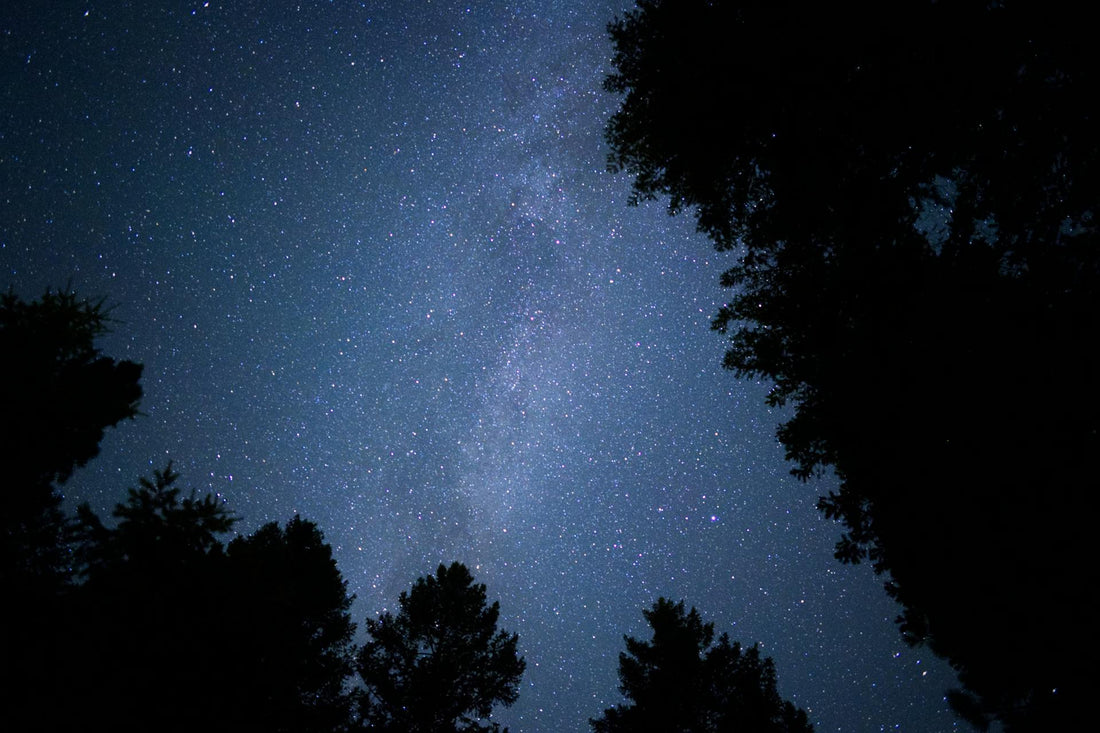
The October 2025 sky: Supermoon, Orionids and planetary ballets
With the arrival of autumn, the nights grow longer and the night sky dons its finest attire. October 2025 promises astronomy enthusiasts a series of remarkable celestial phenomena, ranging from a brilliant supermoon to sparkling meteor showers, not forgetting fascinating planetary conjunctions.
The planets to observe in October
Saturn and Neptune
On October 6, the nearly full Moon will pass near Saturn and Neptune. Saturn, recognizable by its golden glow, will be visible in the early part of the night in the constellation Pisces (not Sagittarius). Neptune, more discreet, will require the use of a telescope to be observed. To spot these planets, point your gaze southeast after sunset.
Jupiter
On October 13, the Moon will approach Jupiter, offering a striking sight. Jupiter, the largest planet in the solar system, will be visible after sunset, climbing gradually higher in the sky as the night progresses. Its intense brightness makes it an easy target to spot with the naked eye.
Venus, Mars and Mercury
On October 19, the Moon will approach Venus, while Mercury and Mars will be in conjunction. These phenomena will be visible at dawn, just before sunrise. To observe them, you will need to rise early and look toward the east. Venus will shine intensely, while Mars and Mercury will appear fainter nearby.
Phenomena not to miss
Harvest Moon Supermoon
On October 7, the Harvest Moon, the full Moon, will be a supermoon, appearing about 6.6% larger and ~13% brighter than usual. This phenomenon is due to the Moon's proximity to the Earth. To enjoy it fully, observe the Moon rising in the east in the early evening.
Orionid meteor shower
The nights of October 20-21 will mark the peak of the Orionid meteor shower, with around 20 meteors per hour. This year, the New Moon on October 21 will guarantee a dark sky, ideal for observing. To maximize your chances, move away from light pollution and look toward the Orion constellation, to the east after midnight.
Constellations and seasonal objects
Andromeda and Galaxy M31
The constellation of Andromeda is well visible in October. It houses the galaxy M31, the Andromeda Galaxy, which is the closest to ours. In clear weather and far from city lights, M31 is visible to the naked eye as a fuzzy patch. Using binoculars or a telescope will reveal more details.
Pegasus and Perseus
The constellation of Pegasus, recognizable by its large square, dominates the autumn sky. Nearby, the constellation Perseus is also visible. These constellations are rich in celestial objects of interest for observers equipped with telescopes.
Practical tips for observing
- Hours and directions : The times mentioned are in Paris time. For morning observations, prefer the hours before sunrise. For evening observations, start shortly after sunset.
- Required instruments : Many phenomena are visible to the naked eye. However, using binoculars or a telescope will enrich your experience, especially for observing Neptune, the Andromeda Galaxy, and details of the planets.
- Observation conditions : Move away from urban areas to avoid light pollution. Choose clear, cloudless nights for optimal visibility.
During this October 2025 month, the night sky offers a multitude of spectacles not to be missed. Whether you are an experienced observer or a curious skywatcher, take the time to look up and marvel at the beauty of the universe.

 All
All
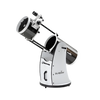 Dobson
Dobson
 Refractors
Refractors
 Ed & Apochromates
Ed & Apochromates
 Newtonian reflector
Newtonian reflector
 Schmidt Cassegrain
Schmidt Cassegrain
 Maksutov-Cassegrain
Maksutov-Cassegrain
 Solar
Solar
 Researcher
Researcher
 Focal reducer
Focal reducer
 Intelligent
Intelligent
 All
All
 Equatorial
Equatorial
 Alt/Az
Alt/Az
 Harmonic
Harmonic
 Tripods
Tripods
 Accessories
Accessories
 All
All
 Wide angle
Wide angle
 Zoom eyepieces
Zoom eyepieces
 Reticulated eyepieces
Reticulated eyepieces
 Barlow
Barlow
 Plössl
Plössl
 Binoculars
Binoculars
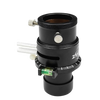 Atmospheric Corrector
Atmospheric Corrector
 All
All
 Visual
Visual
 Photo
Photo
 Polarisants
Polarisants
 Solar Filters
Solar Filters
 Accessories
Accessories
 All
All
 Color Cameras
Color Cameras
 Monochrome Cameras
Monochrome Cameras
 Planetary/Guiding
Planetary/Guiding
 Objectives
Objectives
 All
All
 Binoculars
Binoculars
 Spotting Scope and Monocular
Spotting Scope and Monocular
 Elbows
Elbows
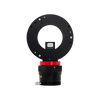 Optical Divider
Optical Divider
 Mirrors
Mirrors
 All
All
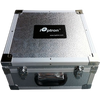 Bags and protections
Bags and protections
 Supports and counterweights,
Supports and counterweights,
 Camera adapters
Camera adapters
 Focuser
Focuser
 Collimation
Collimation
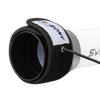 Heating band
Heating band
 Cables
Cables
 Collars
Collars
 Computers
Computers
 Fans
Fans
 Others
Others
 All
All
 Weather Station
Weather Station
 Thermometer
Thermometer
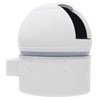 All
All
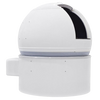 Observatory/Domes
Observatory/Domes
 Accessories
Accessories
 Askar
Askar
 Baader
Baader
 Bresser
Bresser
 Celestron
Celestron
 Explore Scientific
Explore Scientific
 GSO
GSO
 Optolong
Optolong
 Touptek
Touptek
 Vixen
Vixen
 ZWO
ZWO